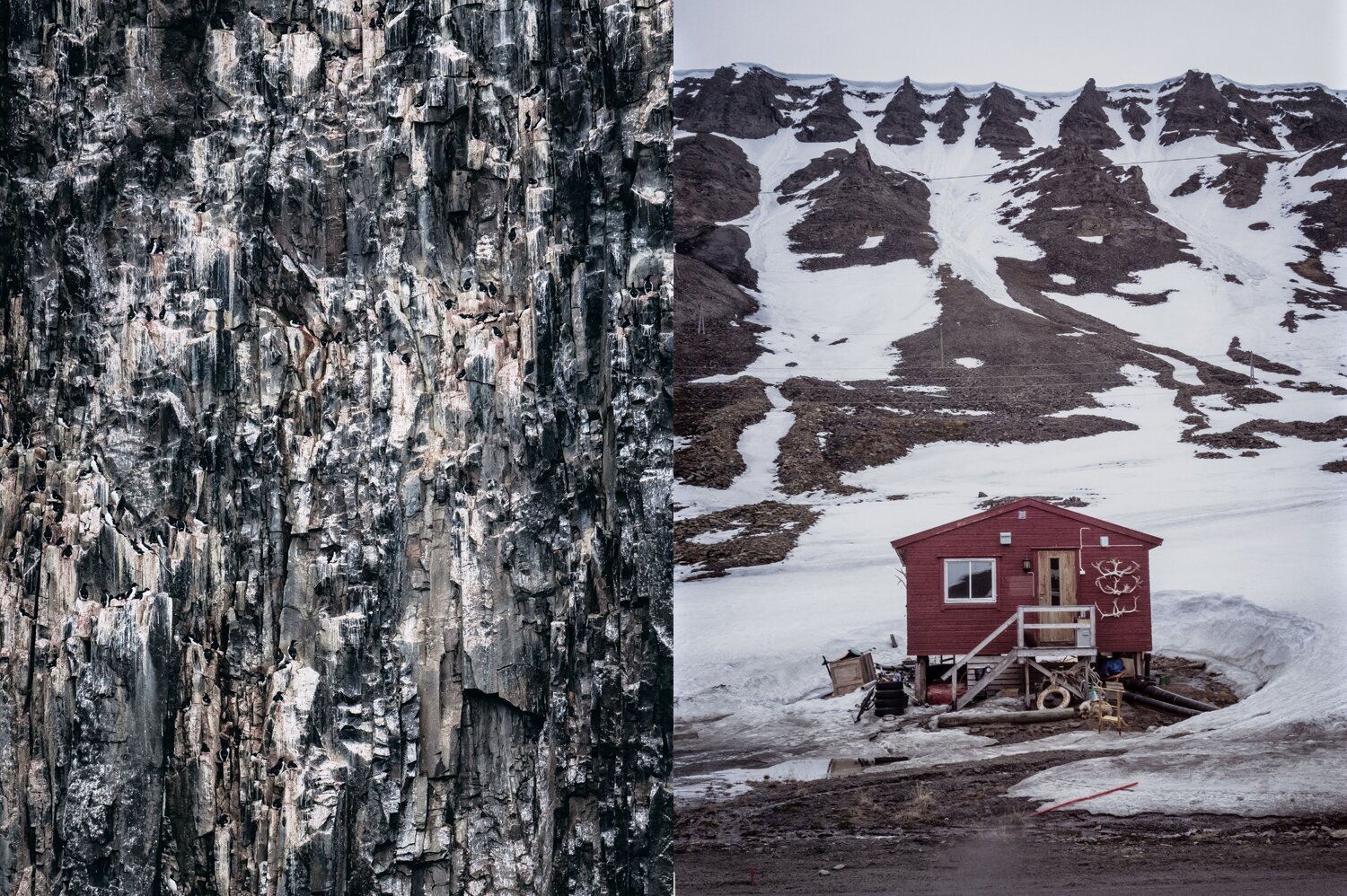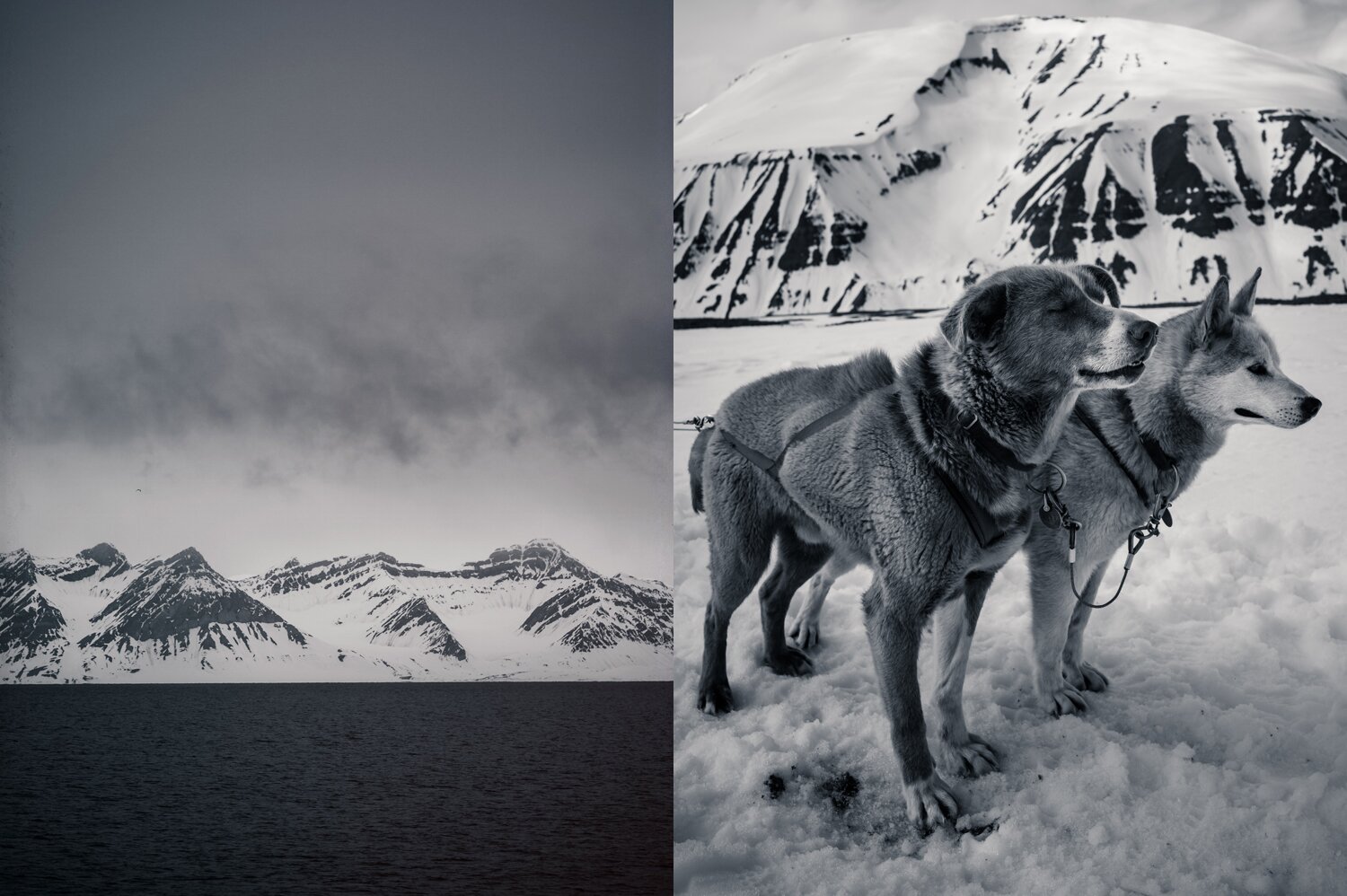Imagine, if you can, waking up in your sleeping bag in a tiny wooden cabin on an isolated frozen shore in the Arctic. The morning air is crisp, the temperatures outside down to –25 Celsius. Strong gusts of wind from the frozen fiord are making the walls creak while you hurriedly put on layers of clothes in the darkness. It is mid-winter and the sun will not be back for another few months. Time has all but ceased to exist, but you have no need to clock it anyway – unless you are to make a call to the mainland on the satellite phone, that is. The cabin does not have water or electricity, although a small windmill outside is capable of producing sparse energy. You have not showered in a few weeks, but that is normal here.
The two husky dogs that have kept you company indoors throughout the night, snuggling up to you and occasionally touching your face with a wet snout or a soft furry ear, are following your movements eagerly, ready to join the rest of their small pack outside. One has a blue and an orange eye, and big black fur that you love to bury your face in. He is your favourite. The other is slightly smaller with shorter fur. Speedy in front of the sled, but in need of a bit more taking care of. The dogs are the only company you have up here. They are also your most effective polar bear alarms. Your rifle hangs on a wall in the cabin. Thankfully, so far you have not had to use it, as the flare gun has proved enough of a scare for curious bears searching for food in the area surrounding the tiny trapping station. But you know what to do, if need be: do not get fancy, aim for the chest or the shoulder. You do not walk in fear of polar bears even though by now you have encountered quite a few; you simply know the rules of living in the Arctic, and as a hunter you are an excellent shot.
The dogs are fed and you go over the day in your mind, while prepping the dog sled for the seal hunt ahead. It will be another day in the darkness. A neoprene mask covers the lower part of your face to avoid frostbites, but you feel the icy winds nevertheless. Maybe later the clouds will clear and the natural fireworks of the northern lights will illuminate the shore and mountains towering behind it. The landscape is crushingly majestic, and you are but a little speck on the vast white shore. You have been alone here for two months now and you have come to know intimately the stages of loneliness, the raw pleasures of living outside of time and civilization. You will head back to the mainland eventually, but not just yet.
As the dogs jolt forward and the sled sets in silent motion over the ice there is just the wind and paws kicking up sprinkles of powdery snow.



